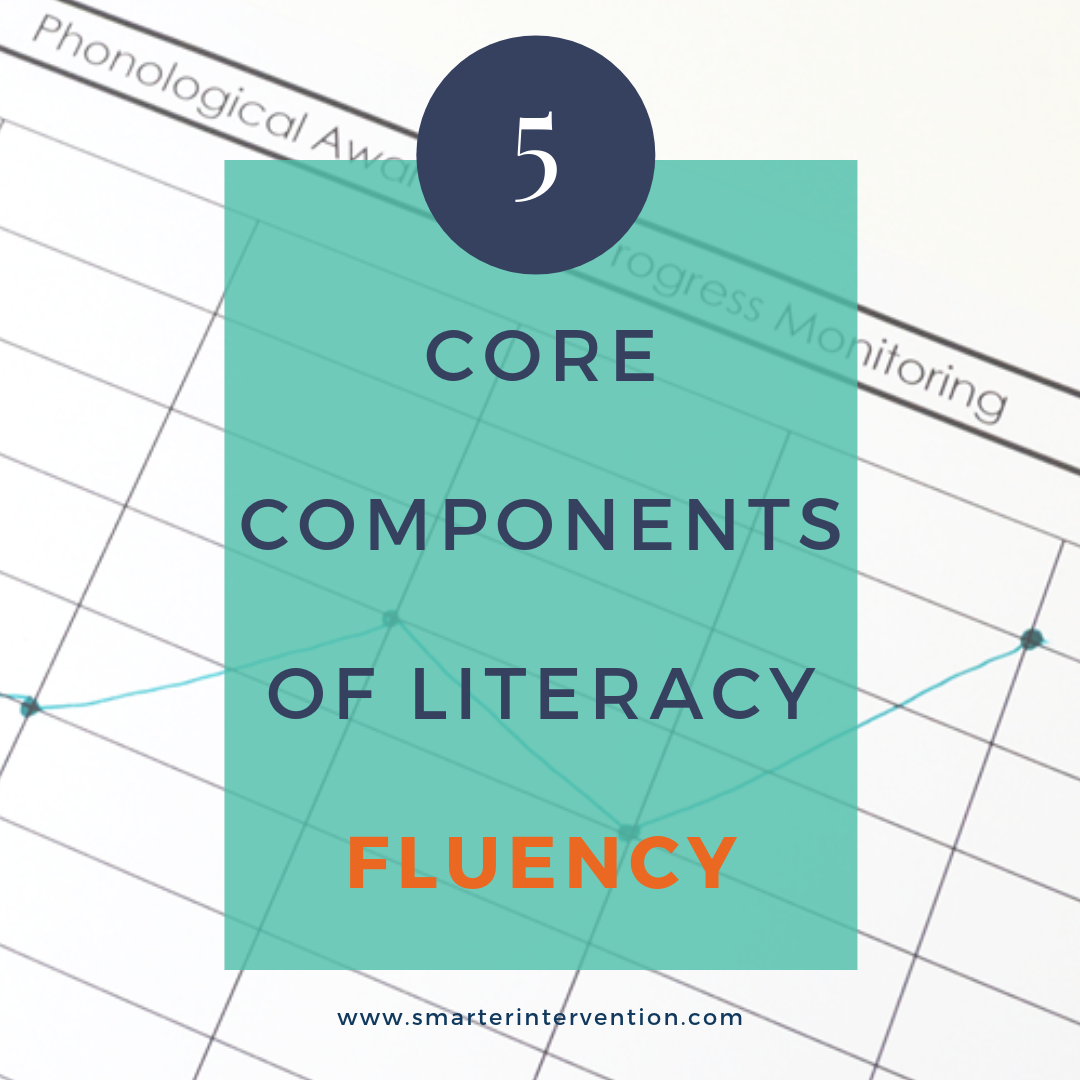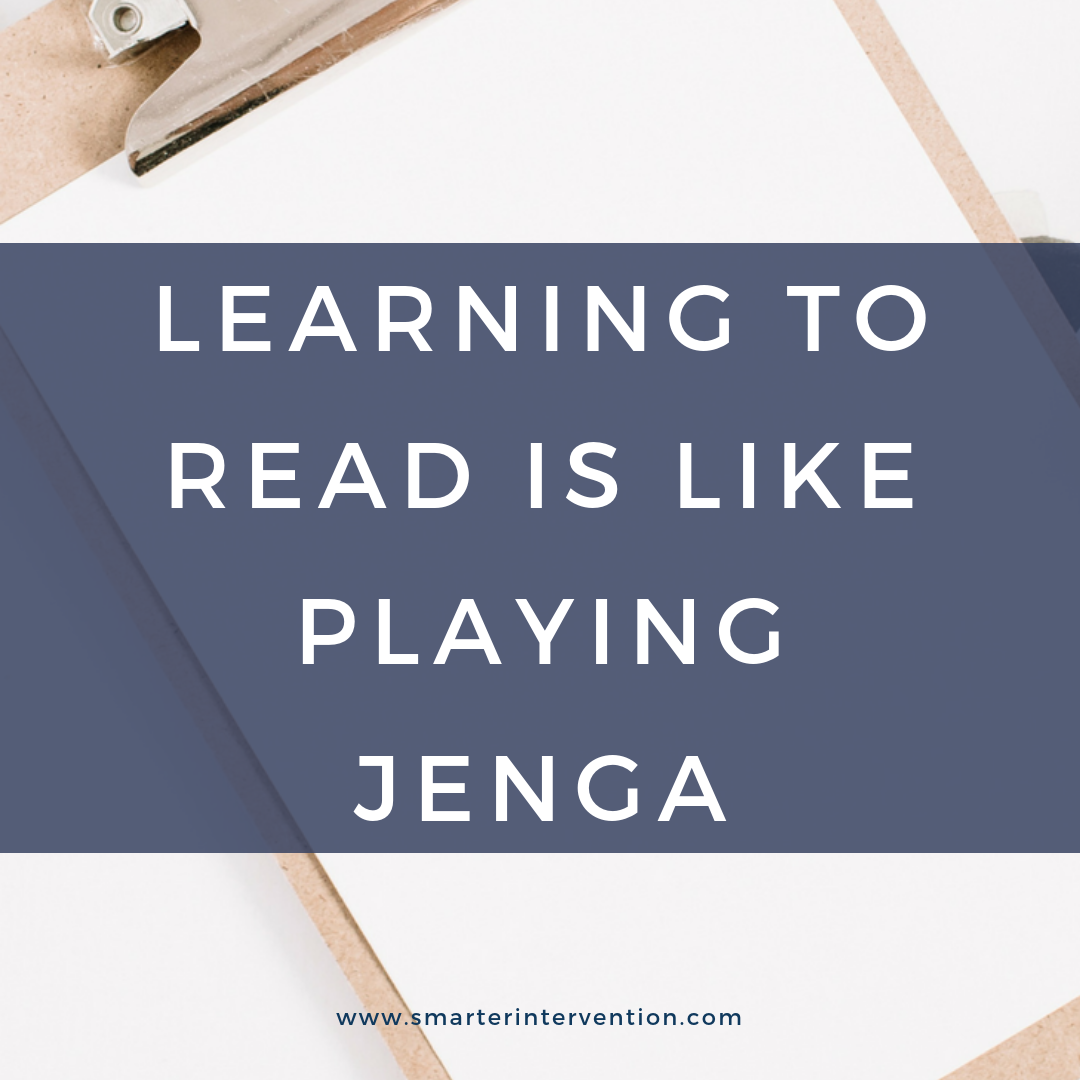Science-based literacy resources and articles
for families, educators and schools
Search by Category:
Categories
- Advocacy
- Authentic Literature
- Business
- Comprehension
- Data Tracking
- Differentiation
- Dyslexia
- Evaluation and Assessment
- Executive Functioning
- Games & Activities
- Helping My Child At Home
- How To
- IEP/504 Plan
- Lesson Planning
- Math
- Online Intervention
- Organization
- Parents
- Phonics
- Phonological Awareness
- Reading Comprehension
- Reading Fluency
- Research
- SLP
- Spelling
- Vocabulary
- Writing
The 4 Forgotten Fluency Skills
Rate and accuracy are definitely both components of fluency. However, fluency is so much more than that and there are few fluency skills that get way less attention (but are just as important!) Keep reading to find out what they are.
How to Develop Early Literacy Skills Through Read Alouds
Is there anything better than a great read-aloud when developing early literacy skills?
We think not!
One of the questions we get often is, “How do I align my read-aloud with the Science of Reading?”
Keep reading to learn more!
How to Teach Reading Comprehension using a Research-Based Approach
Now if you’re like us and you’re obsessed with the science of reading, you may already know that there is a very systematic and structure in which you can teach phonics to help give struggling and beginning readers the tools they need to be successful (and hey - no shame if not, you can check out our phonics blog too). But, did you know there is also really clear set of reading comprehension skills that students need to be successful comprehenders?!
How to Know Where Students are Struggling
This week we are so excited to share information on identifying student challenges.
One of the most challenging aspects of helping a struggling reader is understanding specifically where and why they are struggling.
Once we can understand the specific areas in which a student is breaking down and/or the cause of the breakdown we can begin providing targeted instruction and intervention.
5 Core Components of Reading - Fluency
Reading fluency is really important however, we need to be careful not to over-emphasize its importance as one of the core components of literacy. I say this because Reading Fluency is one of the most common goals you will see created for struggling students.
How to Teach the au/aw Spelling Rule
Now, if you have been working with us for a while, you’ll know that we LOVE teaching with key images and phrases to help anchor skills for a student. For au/aw, we use the phrase “Yawn, I have to do the laundry.” This helps our struggling readers and spellers remember the rule. Keep reading for more tips, tricks and activities surrounding the au/aw vowel team.
How to Teach the OU Spelling Rule
OU has two sounds. To help our students remember these sounds, we use the key phrase “Trout Soup” because it can say /ow/ like in trout and /oo/ like in soup. The visual of fish soup is one the students don’t forget very easily! Keep reading for more tips, tricks and vowel team activities!
How to Teach the oi/oy Spelling Rule
We use both “oi” and “oy” to make the /oi/ sound (think of the words “boy” and “foil”). When that sound comes in the middle of a word, we use “oi.” If it comes at the end of the word, we will use “oy.” Keep reading to learn more about how we teach our students all about this vowel team!
How to Teach the oa/oe Spelling Rule
Vowel teams can be tricky for students, but we have found that teaching them in this way has made a massive difference. Keep reading for ideas for teaching the OA/OE vowel teams!
We Completely Misunderstood Multi-sensory Instruction...
Multisensory teaching is a popular concept in research-based reading instruction, but the problem is that most teachers, interventionists, specialists (including US!) completely misunderstand what is needed to create multisensory reading and spelling instruction. We will show you the most effective and easiest way to incorporate multisensory instruction without the mess!
Learning to Read is Like Playing Jenga
When we think of Reading Intervention, we often refer to the Jenga Tower. This stems from the game Jenga where players take turns strategically pulling blocks out of a tower. Each block is then placed on top of the tower, creating a progressively taller and more unstable structure.
Consonant LE Syllables - The Reading and Spelling Rules No One Ever Taught You
Here we are with our last syllable type! If you’ve been with us since the beginning of this series you’re all caught up on the crazy reading and spelling rules you may have never heard of - we certainly hadn’t. If you missed learning about all the spelling rules with the other syllable types - go back and check them out!
Open Syllables - The Reading and Spelling Rules That Nobody Taught You
Welcome to week 4 in our series of The Reading & Spelling Rules That Nobody Taught You. In this post, we are going to talk about the fourth syllable type we teach to our students, Open Syllables.
The Open Syllable is the opposite of a Closed Syllable. In an open syllable, you have a vowel left alone at the end of the syllable. Our students like to remember that when nothing is behind the vowel, it can go for a looooong run and say its loooooong sound.
R-Controlled Syllables - The Reading and Spelling Rules That Nobody Taught You
So we’ve been talking all about the reading and spelling rules that were brand new to us when we began to learn about Structured Literacy and the “science” behind the English language. Today, we are going to talk a little about the “Bossy-R” or the R-controlled syllable type. This one is a challenge!!!
VCE Syllables - The Reading and Spelling Rules That Nobody Taught You
The second syllable type we teach students is our VCE (Vowel Consonant E) Syllable Type. Perhaps, if I told you it was also called the Magic E Syllable, it would sound familiar? Click through to read about VCE syllables and all of the rules we teach within this syllable type!
Closed Syllables - The Reading and Spelling Rules That Nobody Taught You
Closed Syllables are the first of the syllable types that we teach to our students. Within this syllable type we cover the -ck, FLOSS, -tch, and -dge phonograms as well as the 1-1-1 doubling rule. Do you know all of these rules? Click through to find out!
4 Ways to Build Your Child's Language Skills at Home
Students with expressive/receptive language disorders face a number of challenges in school. It is estimated that 1 in 20 students have some type of language disorder. These students are often working overtime to cope with their challenges and their struggle can go undetected or be misunderstood.
Language skills are at the heart of early literacy development and a key component to your child’s success in school.


















